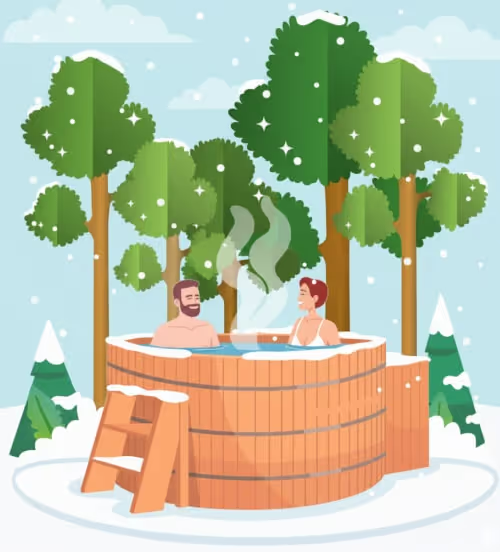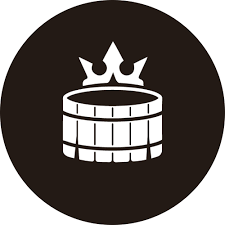Calido Logs & Stoves (Kirami)
Calido focuses on the customer: Take a look at our detailed review analysis. Find out what people are really saying about the company and its products.
Detailed review analysisGardenvity
Here's what customers are saying about Gardenvity: Check out our detailed review analysis. Find out what people are really saying about the company and its products.
Detailed review analysisSkargards
Skargards in focus: Take a look at our detailed review analysis. Find out what people are really saying about the company and its products.
Detailed review analysis














